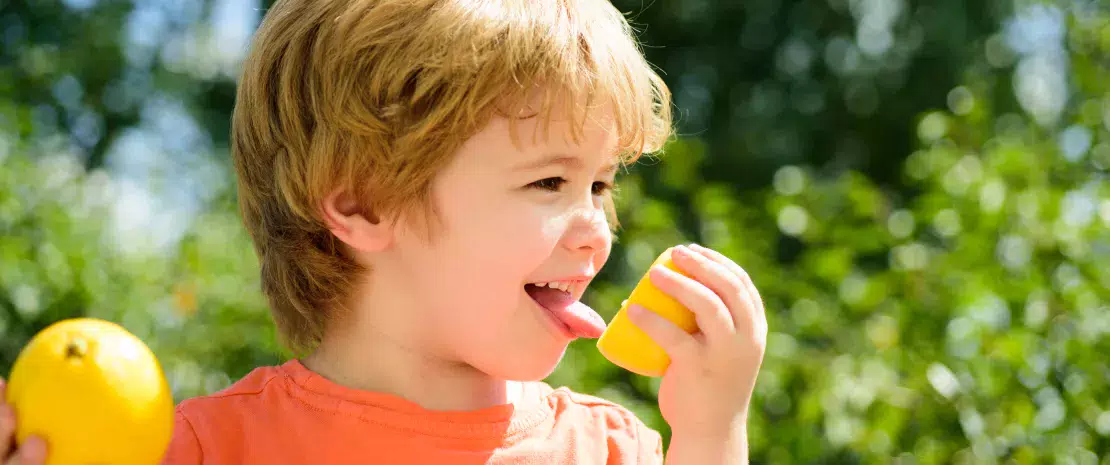Tasting the difference: how our oral microbiota influences flavor perception
Have you ever wondered why identical dishes taste remarkably different to each of us? Recent groundbreaking research reveals the key lies in the diversity of our oral microbiota. This study suggests that the vast array of microbes inhabiting our mouths, from those that love sugary delights to those that thrive on bitter greens, plays a crucial role in unlocking the mysteries behind our unique taste experiences.
- Learn all about microbiota
- Microbiota and related conditions
- Act on your microbiota
- Publications
- About the Institute
Healthcare professionals section
Find here your dedicated section
Sources
This article is based on scientific information

About this article
Author
It turns out, the secret to why the same food can taste differently to different people might just lie within our mouths - not just in our taste buds, but in the microscopic world of our oral microbiota. According to recent research 1 led by scientists from the French Center for Taste and Food Sciences at Dijon 2, the variety of bacteria residing in our saliva and on our tongue (oral microbiota) could play a crucial role in how we perceive basic tastes.
The ENT microbiota
A microbial influence on every bite
Using cutting-edge shotgun metagenomic analysis, scientists comprehensively identified over 650 microbial species inhabiting the tongue and saliva of 100 diverse human test subjects. While the oral microbiota's total richness and biodiversity didn't directly correlate with variations in taste sensitivity, the relative abundances of certain key bacteria species and genera did appear influential. Two bacteria groups in particular, Streptococcus and Prevotella, stood out as having dramatic effects — though impacts varied significantly depending on the specific species.
Did you know?
A staggering 57% of 6,500 individuals surveyed by The International Microbiota Observatory 3 were unaware of the oral microbiome's existence!
Sour sensitivities on our tongue
Higher proportions on the tongue of Streptococcus gordonii and S. parasanguinis, two common plaque bacteria, were associated with substantially reduced sensitivity to all five basic taste modalities:
- sweet
- salty
- bitter
- sour
- savory umami
These adept adherers likely alter the structural landscape of the tongue's biofilm in ways that physically hinder diffusion and access of taste molecules to the underlying receptors.
On the flip side, an unclassified Prevotella species had the opposite effect, linking to enhanced intensity of perception of four of the five taste qualities. Intriguingly, comparing microbiota compositions from the tongue itself versus whole saliva, the latter ecosystem actually proved more predictive of multiple taste sensitivities. This suggests that oral bacteria likely modulate flavor perception through microbial community dynamics and metabolic interactions, not just through local influences on taste bud exposures.
While more research is still needed to clarify the mechanisms involved, these compelling findings reveal an underappreciated contributing role for our endogenous oral microbiota in actively shaping flavor experiences — essentially "tasting" for us by differentially processing food cues en route to the taste receptors themselves.
Understanding these modulatory microbial impacts could eventually help inform approaches to combat nutritional issues related to age-related, medication-induced or disease-linked taste loss and dysfunction. Also, a next step would be to understand the contribution of the oral microbiota alongside other factors involved in taste perception such as the genetics of taste receptors, the number of taste buds or the biochemistry of saliva.
More broadly, the research importantly highlights just how astonishingly complex even basic eating is as a fully multisensory process integrating our perception, digestion, immunity and microbes.










